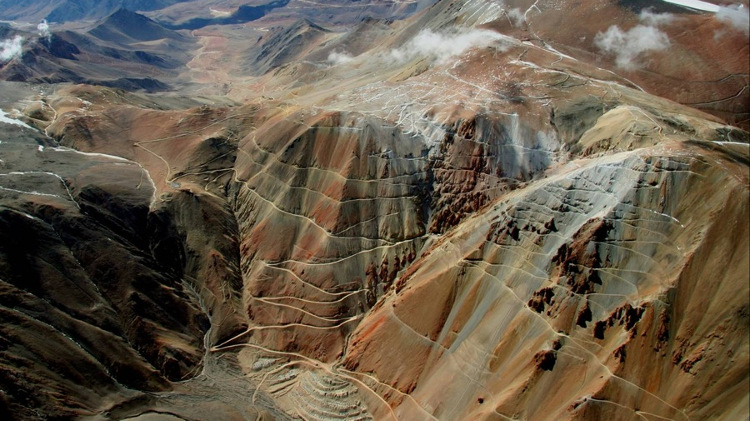Planetary Resources successfully launched its Arkyd-6 satellite from the Satish Dhawan Space Centre in India on Jan. 12. Arkyd-6’s mission is to test 17 commercial technologies that have been modified to operate in space, most crucially the mid-wave infrared (MWIR) imager, which detects water molecules.
The company’s mission control team achieved two-way communication with Arkyd-6 and started receiving telemetry from it the same day it was launched. Planetary Resources’ director of software Brian Geddes said in a video uploaded by the company that the satellite’s autonomous systems have kicked in and the company is able to charge Arkyd-6’s batteries using its solar panels.
“It’s gathering and recording data, including precise information about its orbit,” Geddes said. He said that the company will move onto testing “more advanced features” of the satellite, including sending software updates, confirming its ability to point precisely and take a first MWIR image.
Arkyd-6 is part of Planetary Resources’ research and development work to create an instrument capable of detecting water and other resources on near-Earth asteroids. Arkyd-6 will stay within Earth’s orbit and conduct hydration studies of Earth to determine how effective the MWIR is at detecting remote sources of water. Arkyd-6’s MWIR is the first commercial infrared imager to be used in space.
Related: The space mining race is on, as countries pass new laws and ramp up research efforts
Based on the Arkyd-6 mission, Planetary Resources plans to further develop the water resource detection capabilities of the imager. The refinements made to the MWIR and the other data obtained from the Arkyd-6 test will inform the development of Planetary Resources’ next satellite, the Arkyd-301, which will go outside Earth’s orbit to detect water concentration in asteroids. The company has not said when it plans to launch Arkyd-301.
While the company’s long-term goal includes mining asteroids for platinum-group metals, which are relatively rare on Earth and are essential to the manufacture of electronics, it is first focusing on sourcing water from asteroids. Water can be used as rocket fuel, act as radiation shielding and help support life for humans, plants and animals in space.
Planetary Resources estimates it will reduce costs of space missions by 95 per cent if it can harvest water from asteroids. Planetary Resources estimates that there are over 16,000 asteroids in near-Earth space and that they contain a total of two trillion tonnes of water. Arkyd-301’s mission will be to determine which of those asteroids will be the first to be mined for water. In 2020, the Washington-based company plans to launch the world’s first commercial deep space exploration mission based on Arkyd-301’s findings.
Additional technologies such as power generation, attitude determination, instrument operation and two- way communication will also be tested on Arkyd-6. The satellite is fully autonomous and capable of executing all of its functions independently, but it will communicate with Mission Control throughout its time in space.


